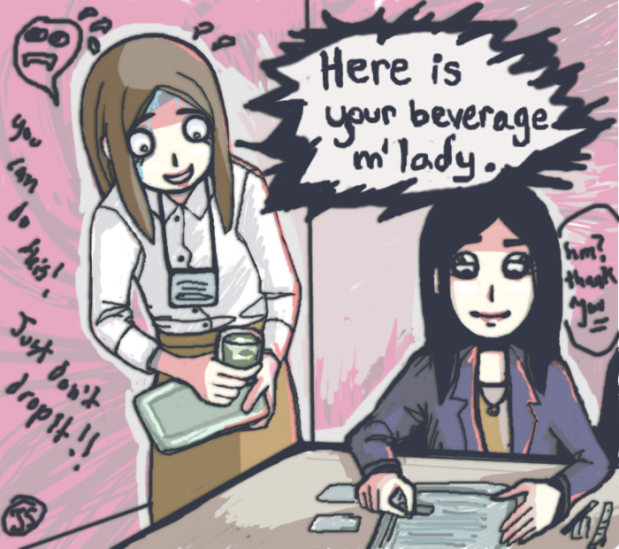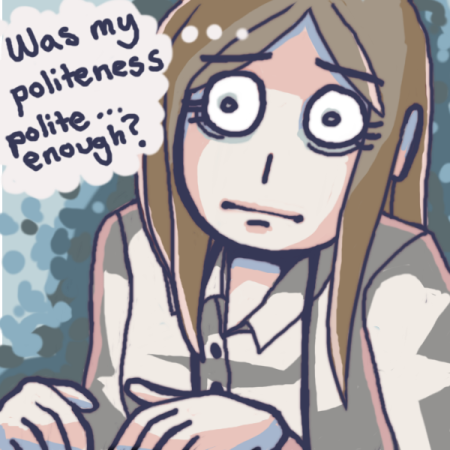The typical office working environment in Tokyo can be brutal (mentally and physically). Overtime is expected to some extent on a daily basis, and like most other Japanese social constructs, there is a strong emphasis on building a harmonious group. Depending on your industry, staying at work until 8, 9 or 10pm everyday can be completely normal. Early morning to late at night with the same group of people day in, day out. You share coffee and meals together on a regular basis, and just based on the vast amount of time spent together, it becomes pretty easy to form close bonds.
This makes, to me at least, dating between coworkers seem like a perfectly reasonable thing to happen. I’m not talking about sordid office affairs here, but rather goofy, awkward crushes between two single people blooming into a serious committed relationship.
I personally know about 7-8 or so couples that are the result of shanai kekkon (intra-office marriage 社内結婚), and it seems like it one of the easiest ways for people to hit it off if you are a busy, young professional.
Why?
Long hours combined with team assignments and frequent office nomikai (drinking parties 飲み会) are the right ingredients needed to create the spark between two people. Trust me, I’ve seen enough episodes of the Young and the Restless to know what I’m talking about.
This all holds specially true in some Japanese companies where younger people are usually de facto sorted by age due to the new graduate system. You will spend A LOT of time of people around your own age. Your life, as a new graduate, will revolve around your job. You will probably not have enough time to go on regular dates or see a potential sweetheart more than 2-3 times a month if you are really busy (because remember, he/she will probably be in a similar situation to yourself!).
If you are dating someone who is in the same company as yourself, it is easier to see them frequently. Even if it is as a group, you can regularly grab lunch or dinner, and it takes less time to get to know them when compared to going on sporadic dates. You also probably have more topics in common that you can chat about, and can probably even help each other out with work-related issues.
Are Japanese companies okay with shanai kekkon? Depends. Some places will make you break up or have one person quit if they find out you are dating or planning to marry. Some places will allow it, but will place you in different departments if needed. Some places think it is the bee knees and will get pissed face drunk at your marriage ceremony to celebrate your new life together.
I think many people who’re seeing their coworker* will keep it on the down low until they make a formal marriage announcement because dealing with the aftermath of a break-up is probably 100 times worse if everyone around knows the two people involved. Office gossip in Japan is a beast unto itself.






